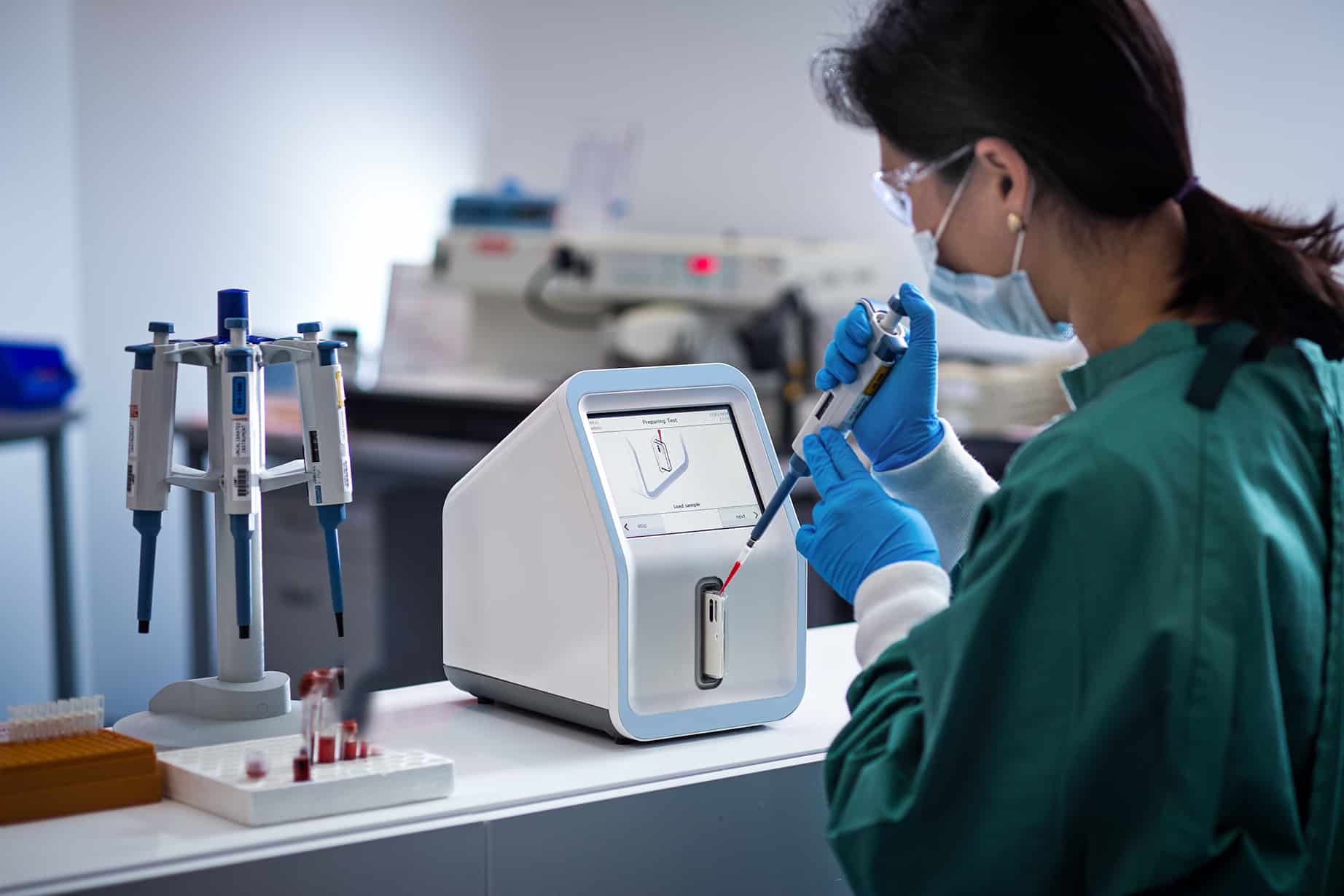A crisis is often needed to trigger change and set aside the status quo. The COVID-19 pandemic challenged the in vitro diagnostic (IVD) business to quickly scale a novel assay and get closer to the point of use in airports, schools, workspaces, and more. Point of Care (POC) diagnostics present a unique opportunity in the decentralization of healthcare — especially now when emerging technologies enable novel solutions.

